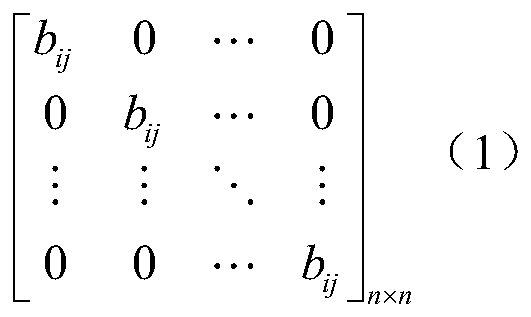Linear discriminant learning true and false target one-dimensional range profile feature extraction method
A linear discrimination and feature extraction technology, applied in radio wave measurement systems, instruments, etc., can solve the problem of the degradation of the recognition performance of the discriminant vector subspace method, and achieve the effect of overcoming the defects of the conventional discriminant vector subspace and improving the classification performance.
- Summary
- Abstract
- Description
- Claims
- Application Information
AI Technical Summary
Problems solved by technology
Method used
Image
Examples
Embodiment Construction
[0030] In order to verify the effectiveness of the proposed method, the following simulation experiments are carried out.
[0031] Four point targets are designed: true target, fragment, light bait, and heavy bait. The bandwidth of the radar emission pulse is 1000MHZ (the distance resolution is 0.15m, the radar radial sampling interval is 0.075m), the target is set as a uniform scattering point target, the scattering points of the real target are 7, and the scattering points of the other three targets are all 11 . In the one-dimensional range images with target attitude angles ranging from 0° to 90° at intervals of 1°, take the one-dimensional distances with target attitude angles of 0°, 2°, 4°, 6°, ..., 90° The one-dimensional range images of other attitude angles are used as test data, and there are 45 test samples for each type of target.
[0032] For four kinds of targets (true targets, fragments, light decoys and heavy decoys), within the range of attitude angles from 0...
PUM
 Login to View More
Login to View More Abstract
Description
Claims
Application Information
 Login to View More
Login to View More - R&D
- Intellectual Property
- Life Sciences
- Materials
- Tech Scout
- Unparalleled Data Quality
- Higher Quality Content
- 60% Fewer Hallucinations
Browse by: Latest US Patents, China's latest patents, Technical Efficacy Thesaurus, Application Domain, Technology Topic, Popular Technical Reports.
© 2025 PatSnap. All rights reserved.Legal|Privacy policy|Modern Slavery Act Transparency Statement|Sitemap|About US| Contact US: help@patsnap.com



